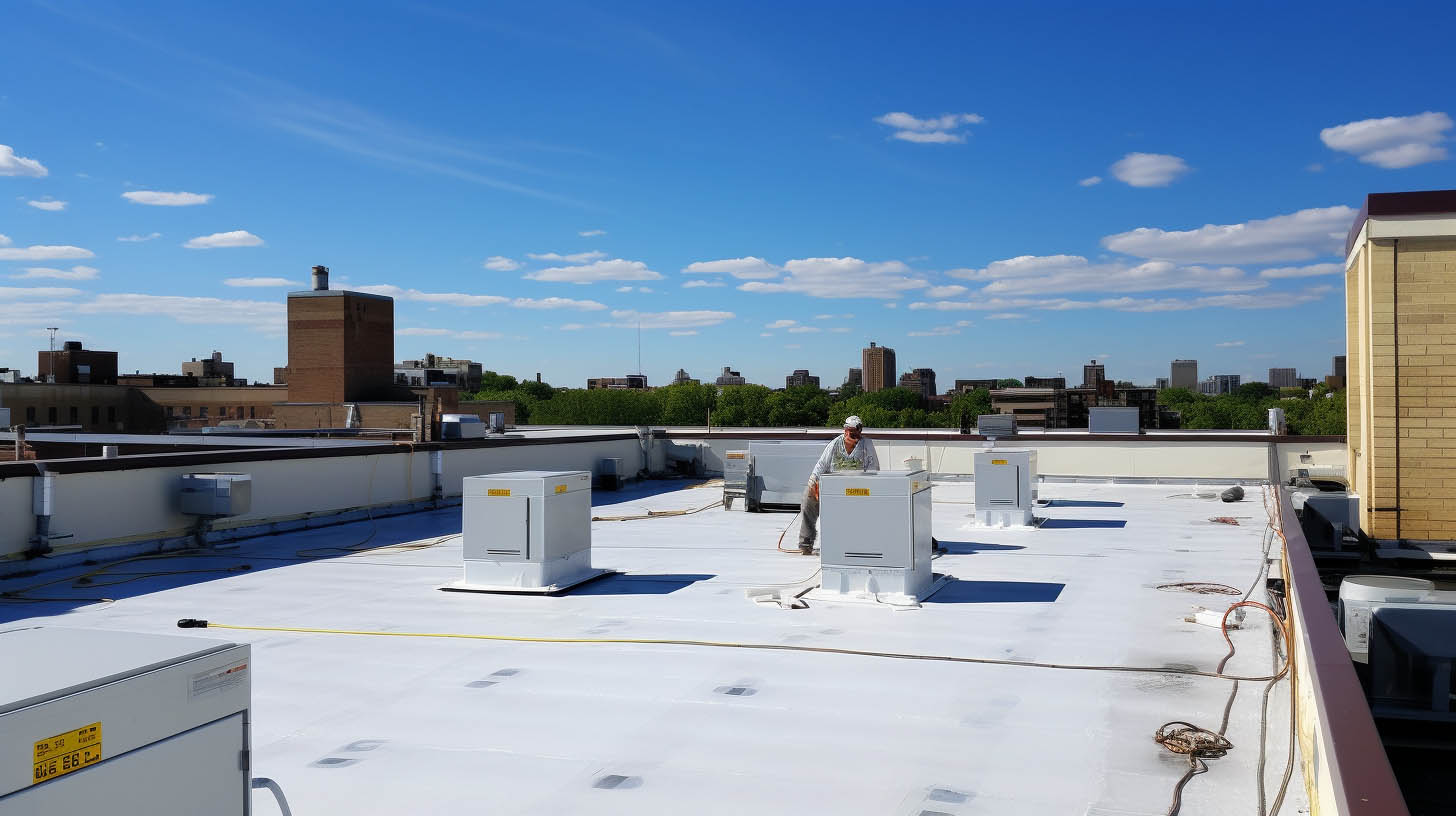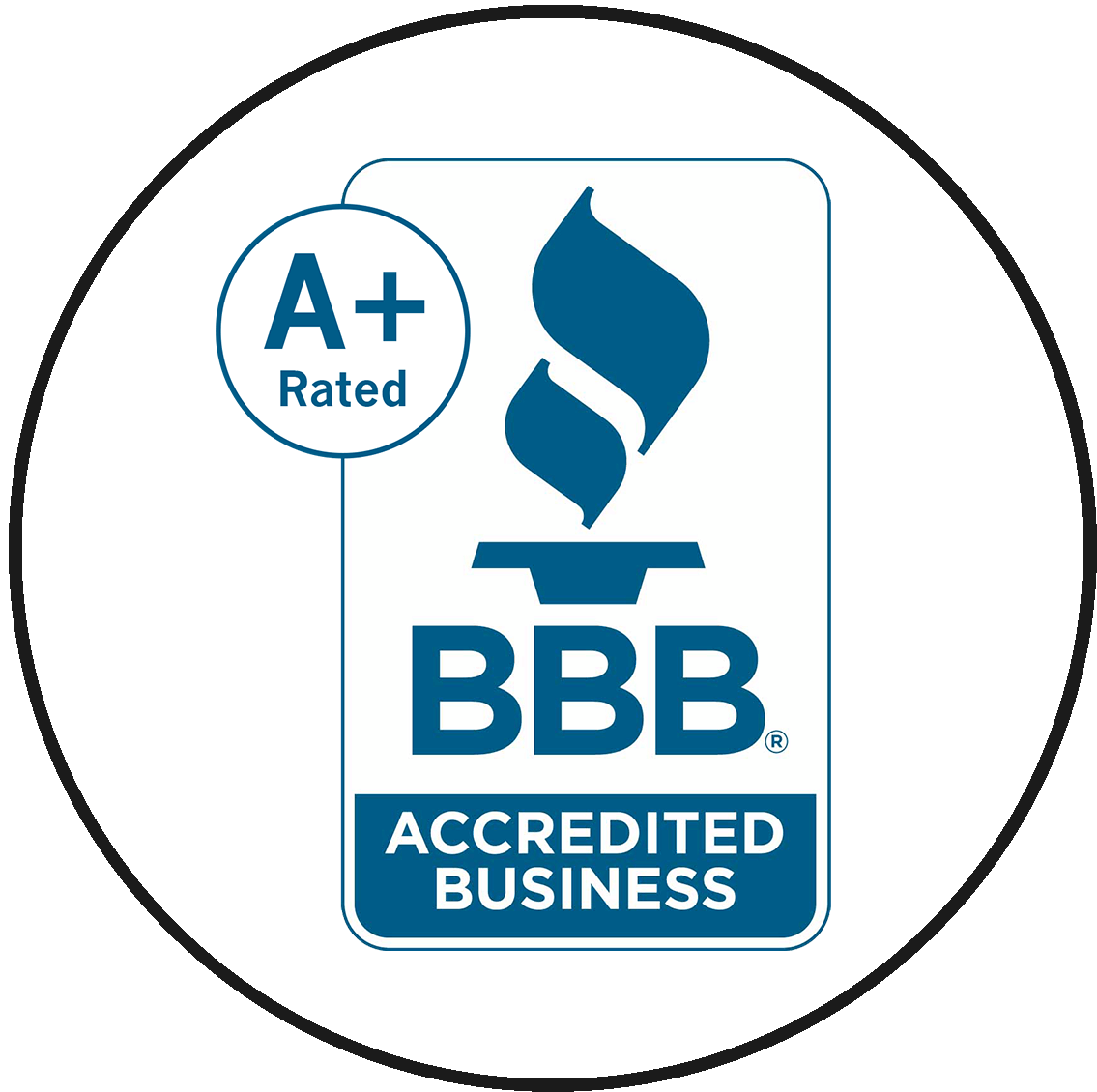
Flat roofs, a common feature in many buildings, require meticulous care and maintenance. Understanding the intricacies of flat roof repair is crucial for property owners to maintain the integrity and value of their buildings. In this comprehensive guide, we delve into the essential aspects of flat roof repair, offering expert insights and practical advice to ensure your roof remains in optimal condition.
Identifying the Source of Leaks
The first step in any flat roof repair process is accurately locating the leak. Unlike sloped roofs, flat roofs present unique challenges in leak detection. Water penetration often occurs at one point but manifests at another, making it imperative to conduct a thorough inspection. Look for signs of damage such as punctures, tears, or seam issues, which are common culprits in flat roofs.
Choosing the Right Materials
Selecting appropriate materials is critical for effective flat roof repair. Common materials include:
- EPDM (Ethylene Propylene Diene Monomer): A durable synthetic rubber roofing membrane widely used due to its resilience and ease of repair.
- Modified Bitumen: This asphalt-based roofing is known for its flexibility and weather resistance.
- Built-Up Roofing (BUR): Also known as tar and gravel roofing, BUR is a traditional choice that offers robust protection through multiple layers.
- TPO (Thermoplastic Polyolefin): A single-ply roofing membrane that combines durability and energy efficiency.
- PVC Roofing: Comprising multiple layers of PVC with a reinforcing middle layer, this material offers excellent flexibility and UV resistance.
Each material has its specific repair methods and considerations. For instance, TPO and PVC roofs require specialized tools and techniques, making professional intervention a prudent choice.
Addressing Common Causes of Leaks
Flat roofs are susceptible to various forms of damage, from severe weather events like hailstorms and hurricanes to gradual wear and tear. Regular inspections, especially after extreme weather, can preempt major repairs by identifying and addressing minor issues early.
DIY vs. Professional Repair
While some minor repairs can be undertaken by property owners, flat roof repair often demands professional expertise. Advanced Roofing & Construction, LLC, with its experience in roofing in Huntsville AL, recommends assessing the extent of damage and your own skill level before attempting DIY repairs. For complex or extensive damage, professional intervention is advisable to ensure quality and longevity.
When to Consider Roof Replacement
Deciding between repair and replacement depends on several factors, including the age and overall condition of the roof. Generally, flat roofs last between 20 to 25 years with proper maintenance. If your roof is nearing this age range or exhibits widespread damage, replacement might be more cost-effective in the long run.
Cost Considerations
The cost of repairing or replacing a flat roof varies based on the extent of damage and the chosen materials. While materials like EPDM, TPO, and PVC might have higher upfront costs, their durability and energy efficiency can offer long-term savings. It’s essential to balance immediate repair costs against the potential long-term benefits of a replacement.
Conclusion
Flat roof repair, a critical aspect of building maintenance, requires careful consideration of factors like leak detection, material selection, and the extent of damage. For property owners in Huntsville, AL, partnering with a seasoned roofing company like Advanced Roofing & Construction, LLC ensures that your flat roof receives the expert care it deserves. Whether it’s a minor repair or a full replacement, professional guidance can safeguard your investment and ensure the longevity of your roofing system.







